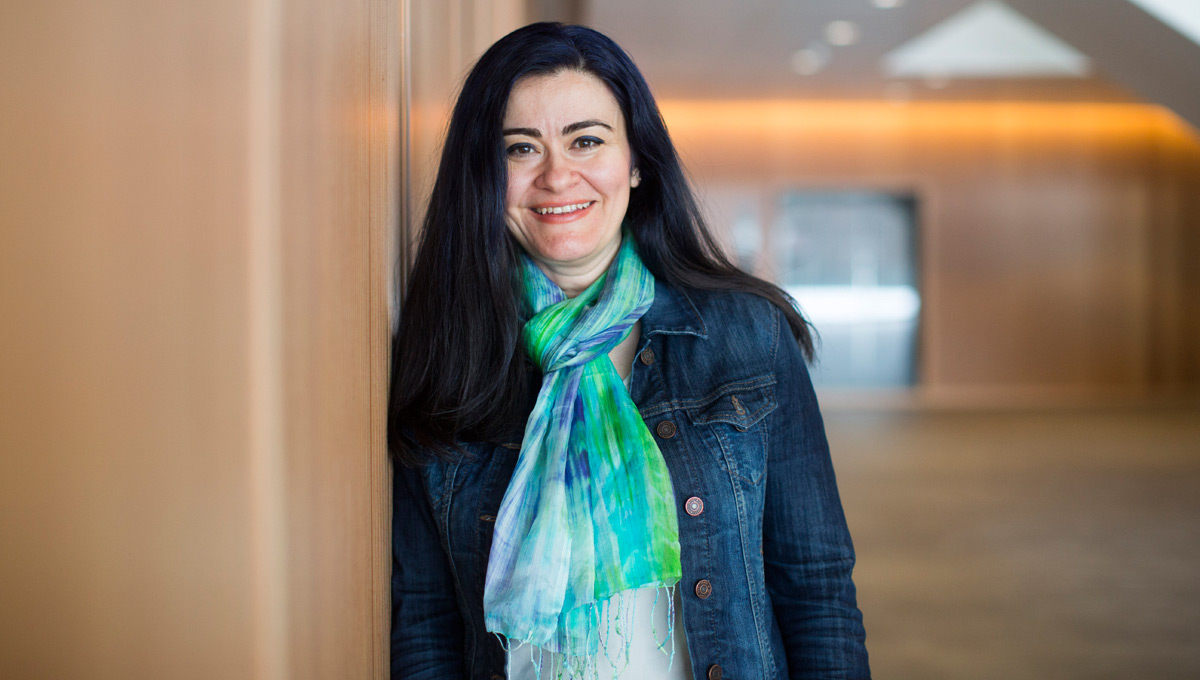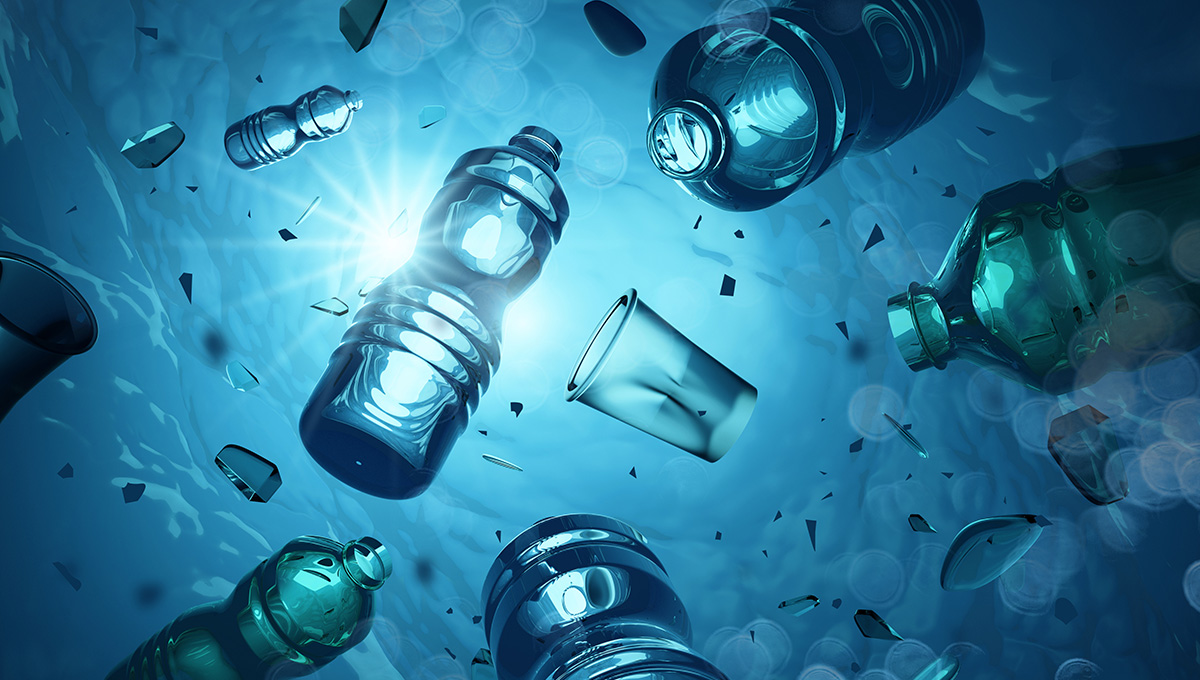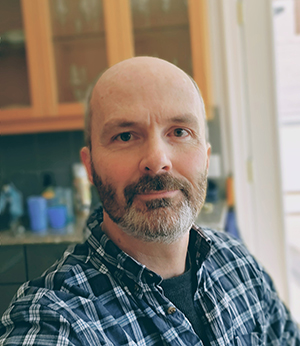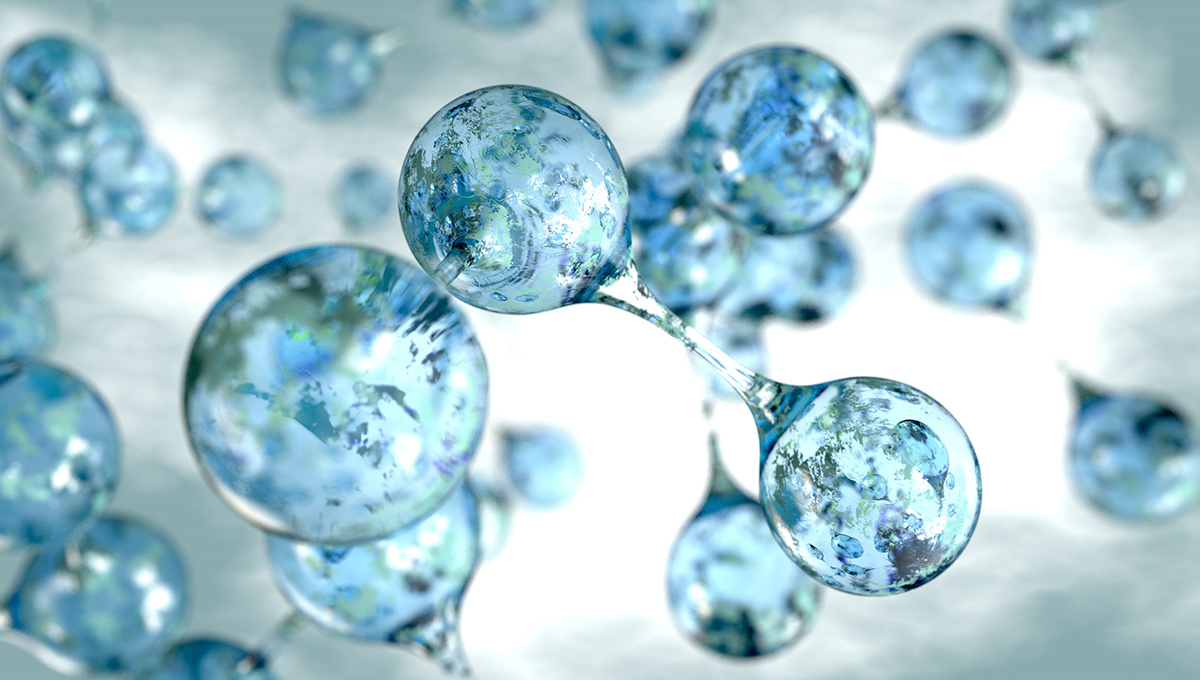By Tyrone Burke
Water may be clear, but there is much that it can conceal. In early 2020, wastewater leapt into the public consciousness when researchers realized it was possible to detect COVID-19 in sewage before people start getting sick.
Over the last year, researchers at Carleton have been testing Ottawa’s wastewater for the virus and helping public health officials anticipate surges of infection before they occur.
They’ve also been working on ways to identify microplastic pollution in our local waterways.
Even when lakes and rivers appear pristine, they conceal tiny microplastics. Plastics became ubiquitous in the mid-20th century and are used in everything from toothbrushes to televisions. Over time, plastics break down in to smaller and smaller pieces, and there are now billions of these tiny plastic fragments suspended in the world’s waterways.
We don’t know the full scope of the problem, but research at Carleton’s Global Water Institute will help quantify it.

Banu Örmeci, a professor in Carleton’s Department of Civil and Environmental Engineering and the Canada Research Chair in Wastewater Treatment Engineering
“We recycle plastics and think we are doing a good job, but only a very small percentage of those plastics are truly recycled,” says Banu Örmeci, director of the institute and a professor in Carleton’s Department of Civil and Environmental Engineering.
“The rest ends up in the environment and creates plastic pollution. These are not contaminants that decompose and disappear. Plastics are around for hundreds of years, and sometimes thousands.”
The synthetic fibres in our clothing are a major source of this type of pollution in fresh water. Few garments are made of 100 per cent natural fibres, and when synthetic materials are washed, they shed fibres into wastewater. Wastewater treatment plants have not been designed to remove tiny plastic fibres, and they pass into our waterways. There, they could be impacting the health of fish and other aquatic animals, and they have even been found in human organs.

Detect, Quantify, and Characterize Microplastics Pollution
We don’t know exactly how much microplastic pollution there is—or even what the biggest sources of it are. The project has received funding from Environment and Climate Change Canada’s Zero Plastic Waste Funding Initiative, with Örmeci developing technologies to detect, quantify and characterize microplastics pollution in the field.
The institute’s Manager of Operations Evan Pilkington is leading knowledge translation and knowledge transfer to Canadian companies.

Evan Pilkington
“There are very few technologies that can detect, quantify or characterize microplastic particles in the field,” says Örmeci. “We are helping our industry partners achieve that by conducting field tests in the Ottawa River in real-world conditions and comparing those results with lab-scale tests. It will also help environmental organizations like Ottawa Riverkeeper better understand the problem.”
Örmeci is adept at putting existing technologies to new uses and has had the opportunity to demonstrate that during the COVID-19 pandemic. Her lab has been testing for the SARS-CoV-2 virus to help public health officials anticipate spikes in the virus.
“Pathogens have always been at the centre of my research program,” says Örmeci.
“My work was mostly on the detection of pathogens and chemicals in wastewater and real-time monitoring—like the microplastics project. So COVID-19 monitoring was really a very nice combination of my research background and the experience we already had in our lab. We were already working with viruses, so this wasn’t too far from what we were doing.”
Örmeci’s lab has been testing for the virus at several sites in Ottawa, including Carleton’s campus. These tests are used to develop an early warning system for local decision-makers and public health officials. They may also help them assess the effectiveness of measures such as lockdowns and vaccinations.
This World Water Day, Örmeci is giving credit to the entire world water research community for its collaborative approach to pandemic-related research.
“After the initial shock, the research community came together very quickly,” she says.
“There was a lot of knowledge and information-sharing among water researchers. Everyone was very open and the effort was really collaborative. We all learned from each other, and progressed at more or less the same speed.
“That really helped us to modify our methods and improve test sensitivity.”

Monday, March 22, 2021 in Civil and Environmental Engineering, Research
Share: Twitter, Facebook



